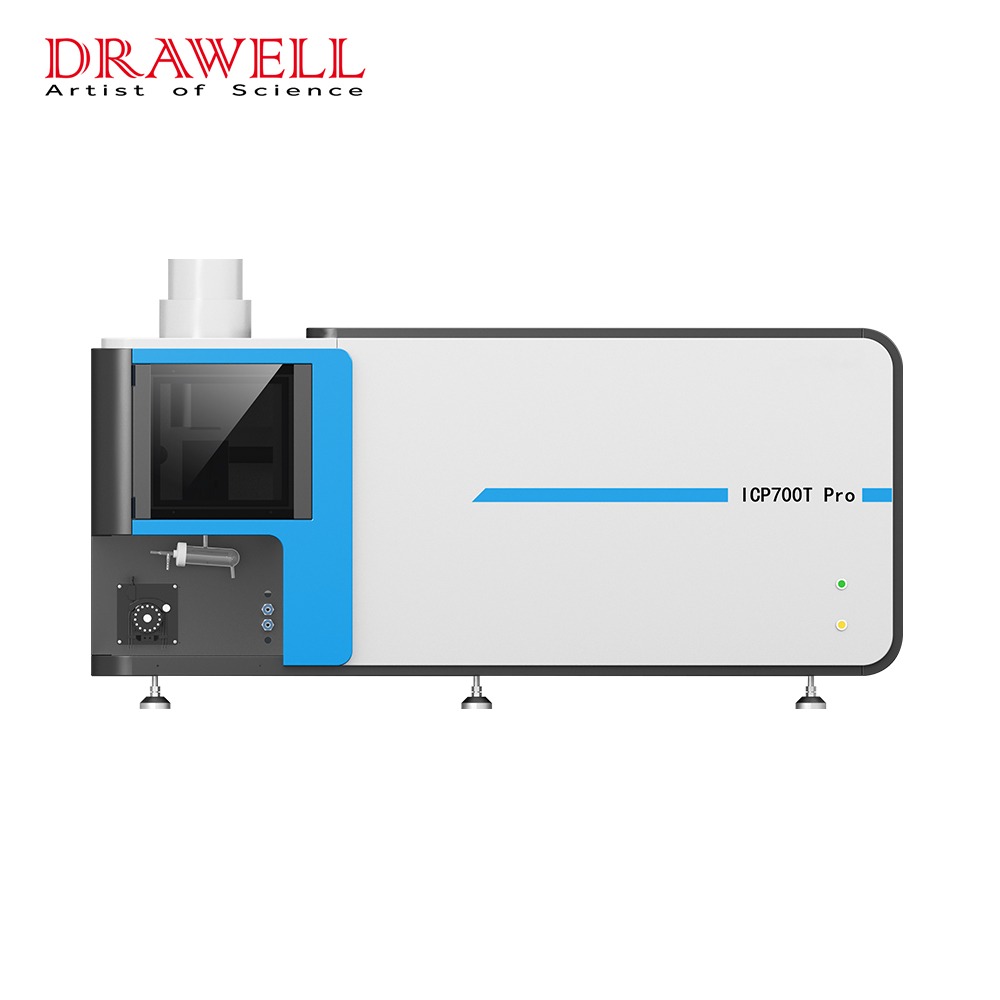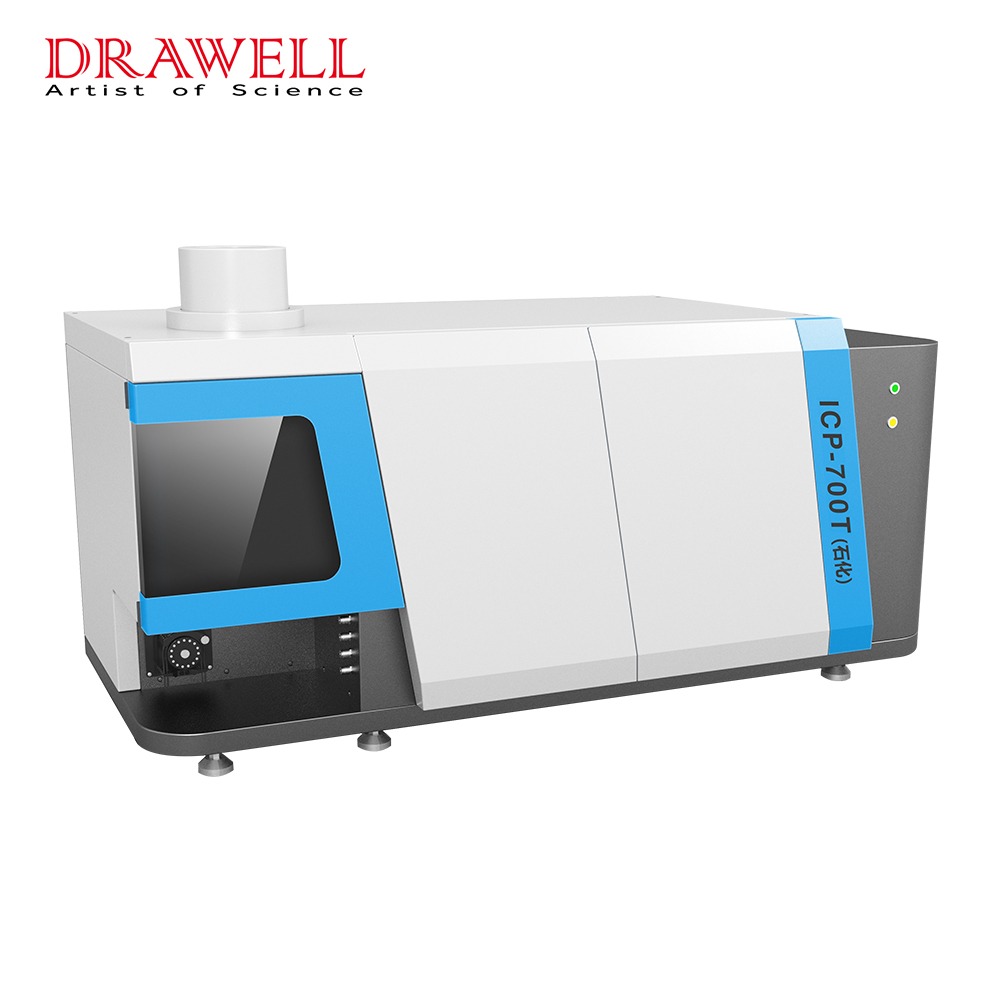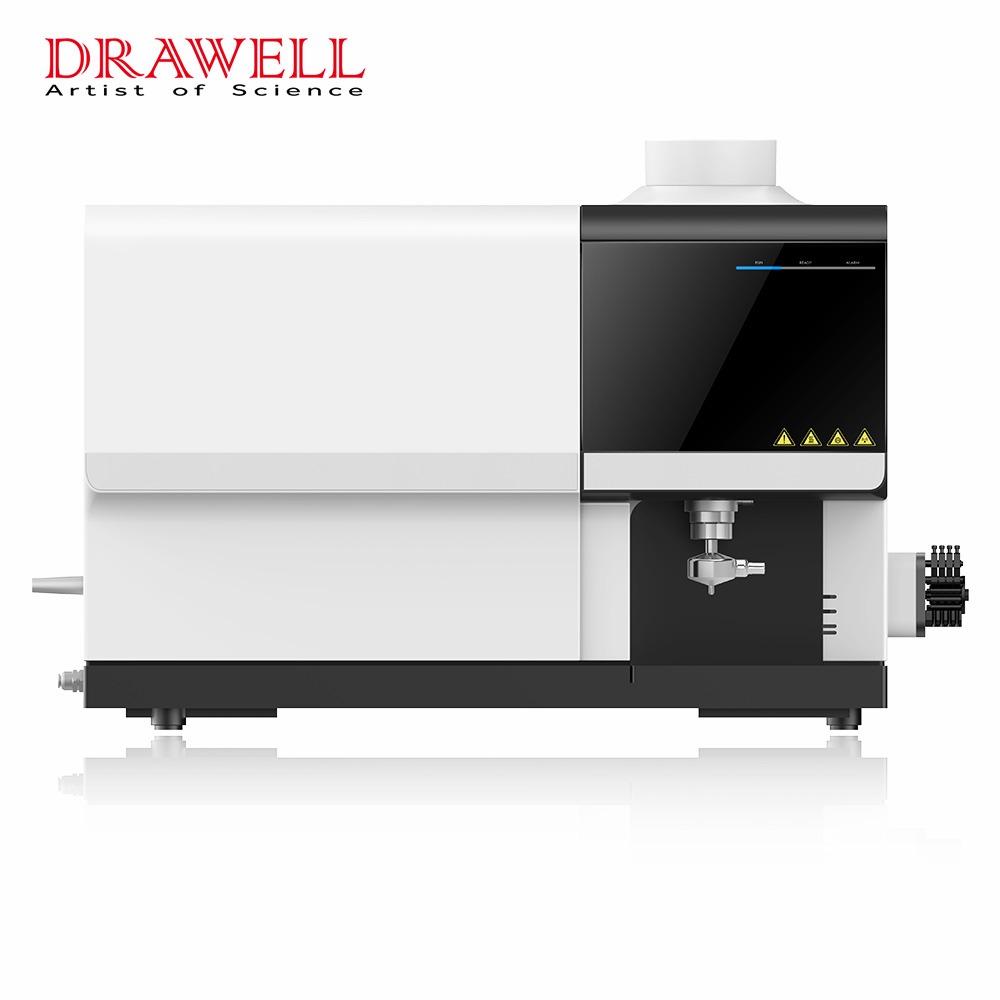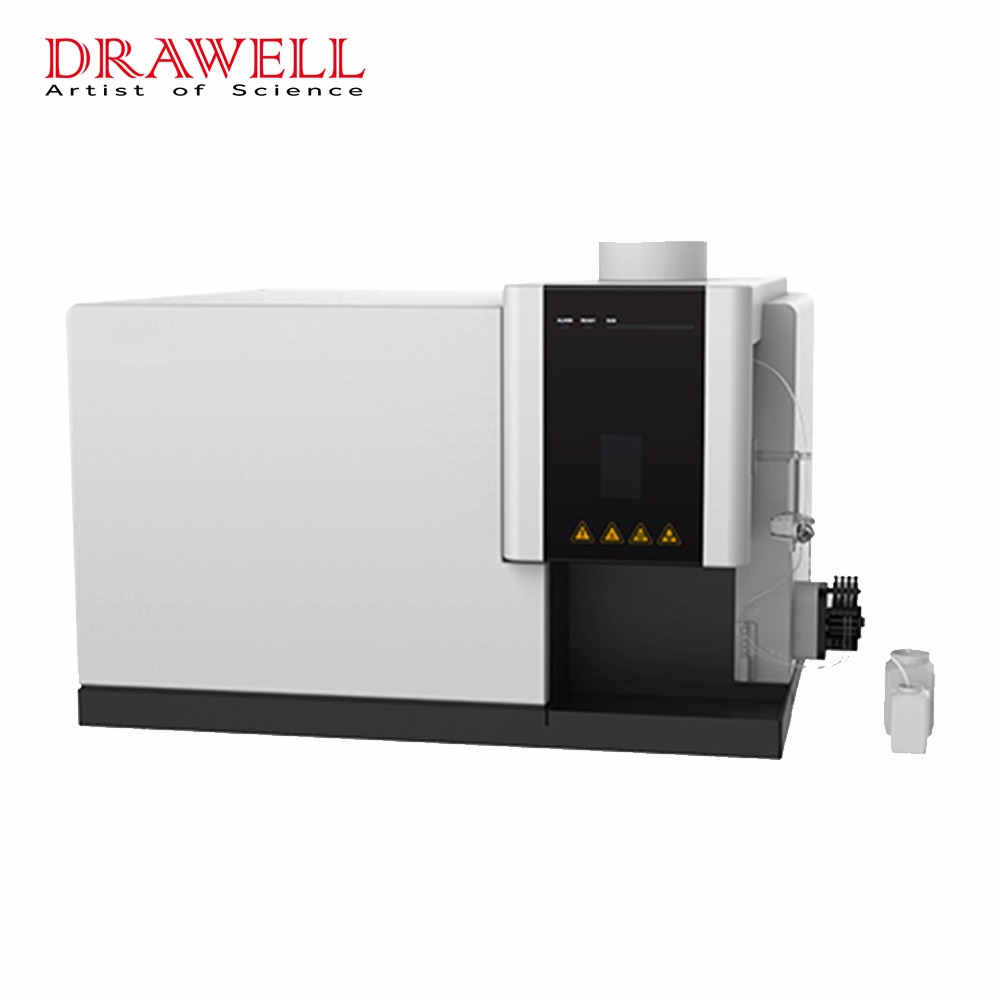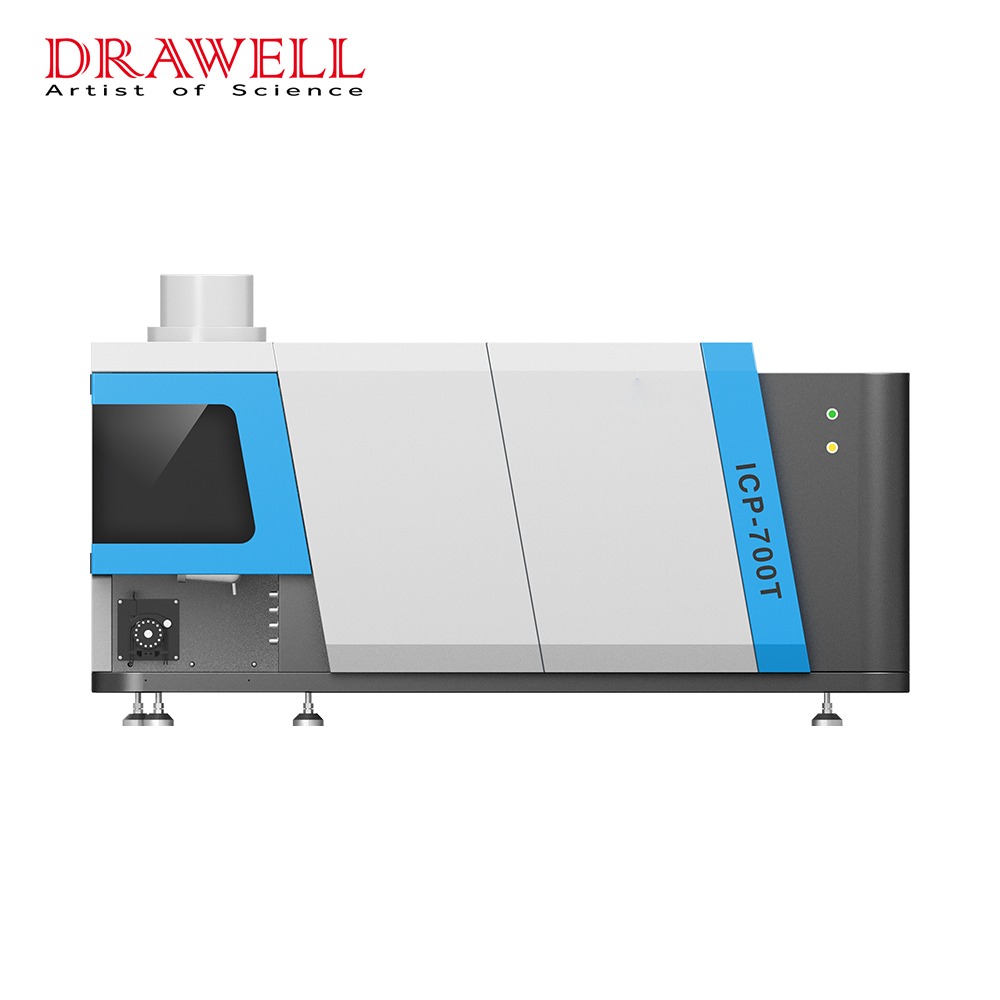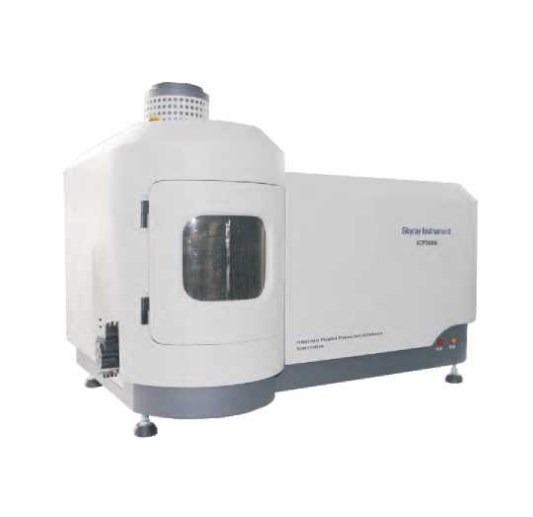Food safety is an essential priority for governments, manufacturers, and consumers worldwide. With the increasing complexity of food supply chains, precise and reliable methods to detect contaminants and ensure quality have become indispensable. Inductively Coupled Plasma Atomic Emission Spectroscopy (ICP-AES) has emerged as a critical technology in addressing food safety concerns. This article explore the the significance, advantages, challenges and the future of ICP-AES in food safety.

Understanding ICP-AES in Food Analysis
ICP-AES is an analytical technique used to detect and quantify trace and major elements in various samples. It employs a high-temperature plasma source to excite atoms, which emit light at characteristic wavelengths. By analyzing this light, the concentration of elements in a sample can be precisely determined.
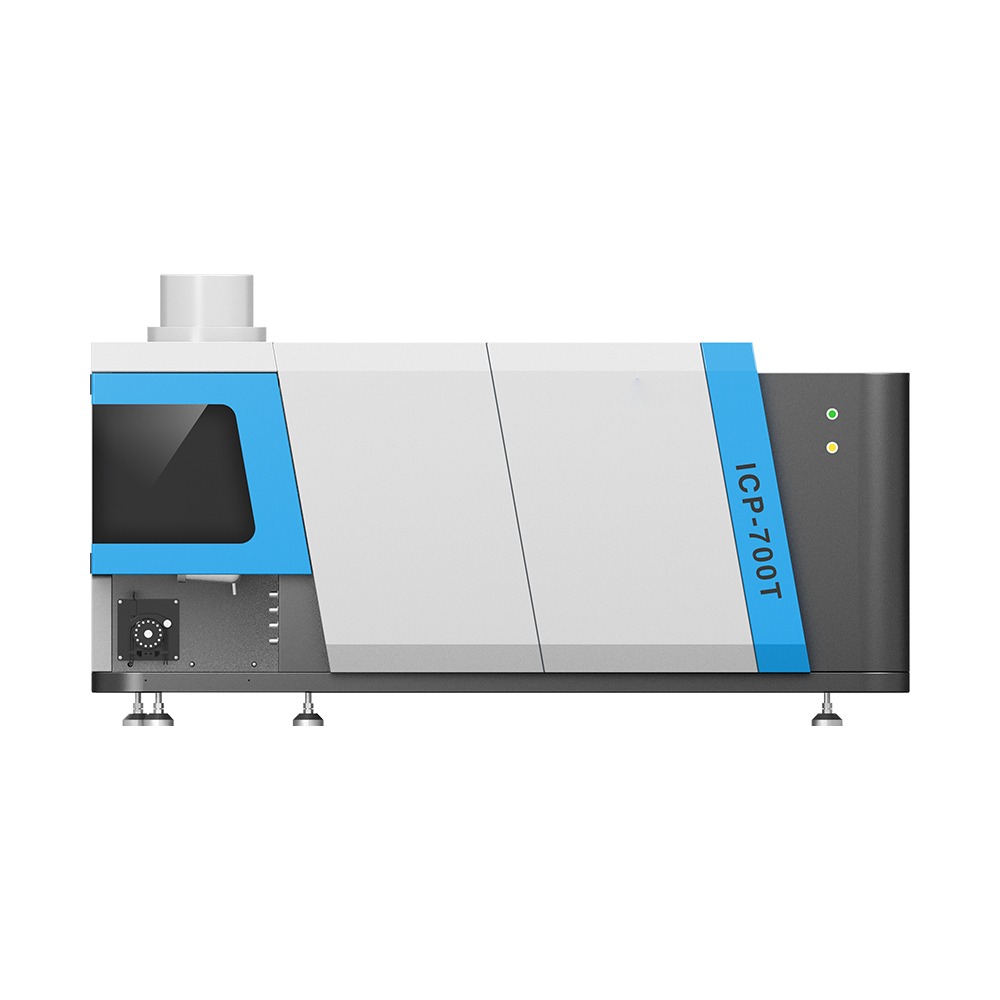
Key Roles of ICP-AES in Food Analysis
- Detection of Toxic Metals
- Purpose: To identify harmful heavy metals such as lead, mercury, cadmium, and arsenic in food products.
- Significance: Prevents adverse health effects caused by the consumption of toxic metals.
- Example: Monitoring mercury levels in seafood or cadmium in rice.
- Nutritional Profiling
- Purpose: To quantify essential minerals like calcium, magnesium, potassium, iron, and zinc.
- Significance: Ensures accurate labeling and validates nutrient claims for consumer trust.
- Example: Determining the iron content in fortified cereals or calcium levels in dairy products.
- Analysis of Food Contaminants
- Purpose: To detect contaminants originating from soil, water, or manufacturing processes.
- Significance: Ensures food products are free from harmful substances that may pose health risks.
- Example: Identifying arsenic contamination in groundwater used for irrigation.
- Verification of Food Authenticity
- Purpose: To uncover adulteration or mislabeling of food products.
- Significance: Protects consumers from fraudulent practices and ensures product integrity.
- Example: Detecting lead chromate used to enhance the color of turmeric powder.

- Residue Monitoring in Agricultural Products
- Purpose: To measure trace levels of elemental contaminants in pesticides and fertilizers.
- Significance: Prevents harmful residues from entering the food chain.
- Example: Monitoring pesticide residue levels in fresh produce like apples or spinach.
- Quality Control in Processed Foods
- Purpose: To maintain the consistency and safety of processed and packaged food items.
- Significance: Enhances brand reputation and ensures regulatory compliance.
- Example: Analyzing salt content in snack foods or sugar levels in beverages.
- Assessment of Water Used in Food Production
- Purpose: To ensure the safety and quality of water used in farming, processing, and packaging.
- Significance: Reduces risks of contamination and enhances overall food safety.
- Example: Checking for heavy metals in irrigation water or bottled mineral water.
- Compliance with Food Safety Standards
- Purpose: To support food manufacturers in meeting international safety and labeling standards.
- Significance: Facilitates market access and regulatory adherence.
- Example: Ensuring compliance with FDA, EFSA, or WHO guidelines for food products.
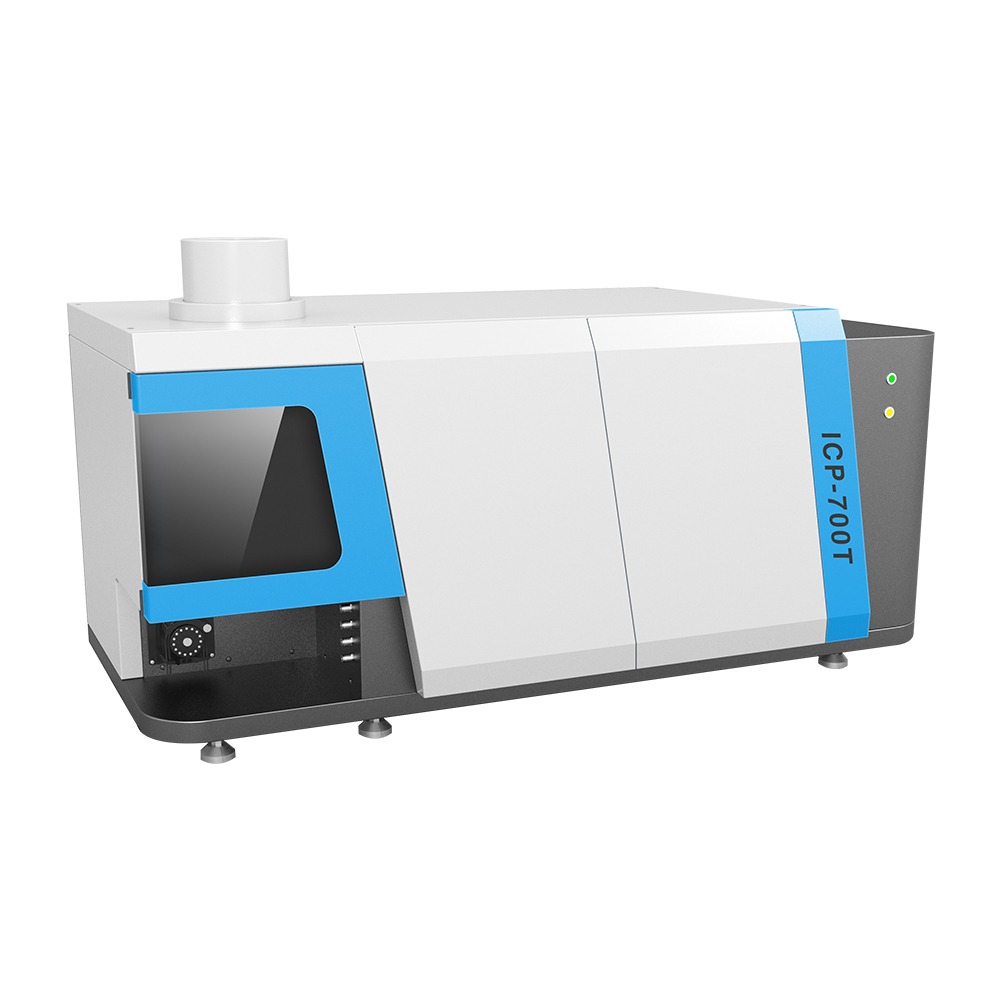
Advantages of Using ICP-AES for Food Safety
This chart highlights why ICP-AES instrument is a preferred choice for food safety applications, offering unparalleled efficiency, reliability, and compliance support.
| Advantage | Description |
| High Sensitivity | Detects trace levels of elements, including toxic metals, ensuring food safety. |
| Multi-Element Analysis | Simultaneously quantifies multiple elements in a single run, saving time. |
| Fast Analysis | Provides rapid results, essential for high-throughput testing. |
| Wide Dynamic Range | Measures elements across a broad concentration range, from trace to major. |
| Regulatory Compliance | Meets stringent global standards for food safety testing and labeling. |
| Versatility | Applicable to a variety of food samples, including solids, liquids, and powders. |
| Cost-Effectiveness | Suitable for large-scale operations due to high throughput and reduced analysis time. |
| Accuracy and Precision | Delivers reliable and reproducible results critical for quality control. |
| Automated Operation | Features automation options to minimize human error and enhance efficiency. |
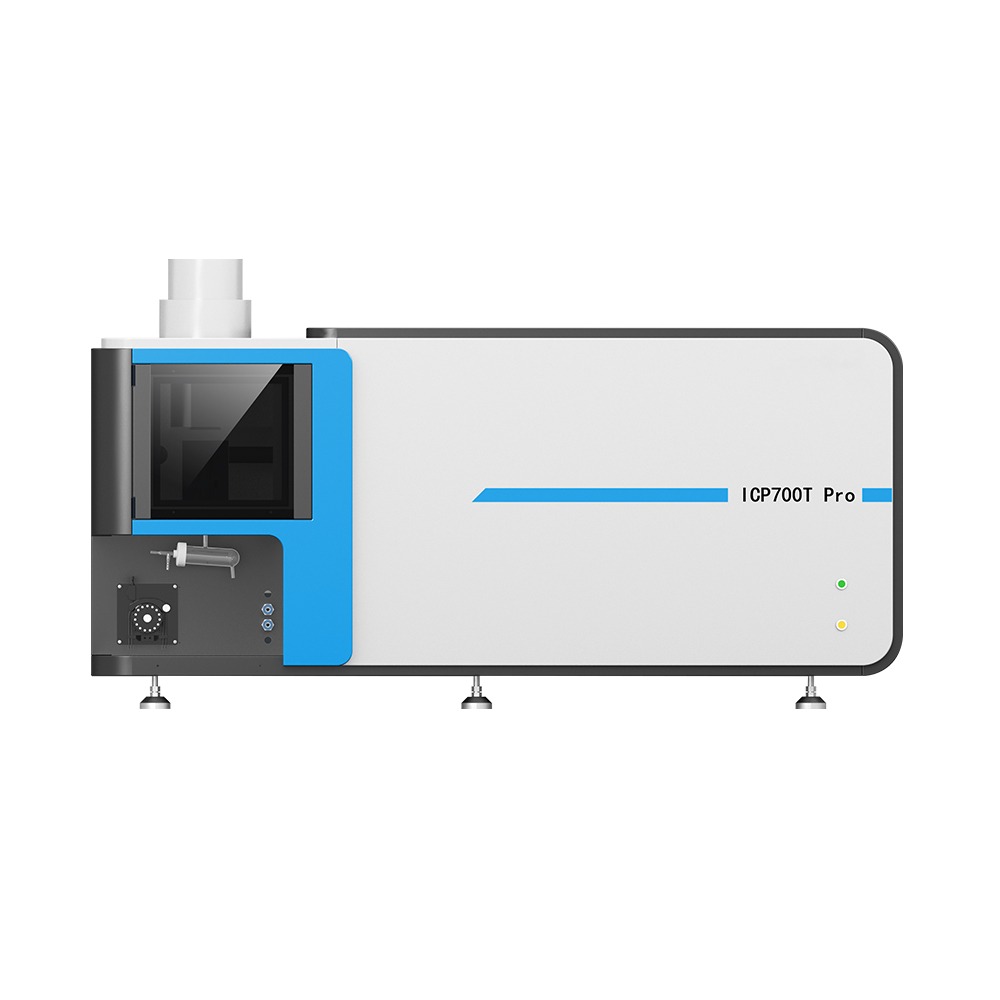
Challenges and Solutions in ICP-AES Analysis for Food Safety
Addressing these challenges is essential for ensuring accurate results and maintaining the reliability of ICP-AES analysis. Below are some key challenges in ICP-AES analysis for food safety and their corresponding solutions.
1. Matrix Interference
Solution:
- Employ matrix-matched standards to reduce interference.
- Use robust sample preparation methods like digestion, dilution, or spiking with internal standards.
- Optimize plasma conditions to enhance stability and minimize matrix effects.
2. Sample Preparation Complexity
Preparing samples for ICP-AES analysis often requires time-consuming procedures, such as acid digestion or filtration, which can introduce errors.
Solution:
- Use automated digestion systems to ensure consistency and efficiency.
- Adopt closed-vessel microwave digestion to improve safety and reduce contamination.
- Develop simplified preparation protocols tailored to specific food types.
3. Detection Limits for Trace Elements
The need for extremely low detection limits in ICP-AES for certain toxic elements, such as arsenic or cadmium, can be difficult to achieve with standard methods.
Solution:
- Use high-sensitivity spectrometers with improved optics and detectors.
- Apply pre-concentration techniques to enhance detection capability for trace elements.
- Optimize calibration curves and employ background correction methods.
6.jpg)
4. High Operational Costs
The purchase, maintenance, and operation of ICP-AES instruments can be expensive, particularly for small laboratories.
Solution:
- Share resources among laboratories or partner with centralized testing facilities.
- Opt for modular or scalable systems that align with the lab’s throughput requirements.
- Invest in preventive maintenance programs to extend the lifespan of the instrument.
5. Skilled Personnel Requirement
ICP-AES operation requires expertise in instrument calibration, method development, and data interpretation.
Solution:
- Provide comprehensive training for laboratory personnel.
- Use instruments with intuitive interfaces and automation features to simplify operation.
- Partner with manufacturers or service providers for ongoing technical support.
6. Contamination Risks
Contamination during sample preparation or analysis can lead to inaccurate results, especially for trace element analysis.
Solution:
- Use ultra-clean lab environments and high-purity reagents.
- Regularly clean and maintain sample introduction components, including nebulizers and spray chambers.
- Implement quality control measures such as blank sample analysis.
7. Regulatory and Standardization Variability
Differences in regulatory requirements across regions can complicate method development and compliance.
Solution:
- Stay updated on international regulations, such as those from the FDA, EFSA, and Codex Alimentarius.
- Develop methods that exceed the strictest applicable standards to ensure global compliance.
- Use certified reference materials (CRMs) to validate results.
8. Handling High-Salt or Acidic Samples
Food samples with high salt or acid content can cause rapid wear on instrument components or unstable plasma conditions.
Solution:
- Use specialized sample introduction systems, such as inert spray chambers and torches.
- Dilute samples or use desolvation techniques to reduce salt load.
- Regularly inspect and replace consumable parts prone to damage.
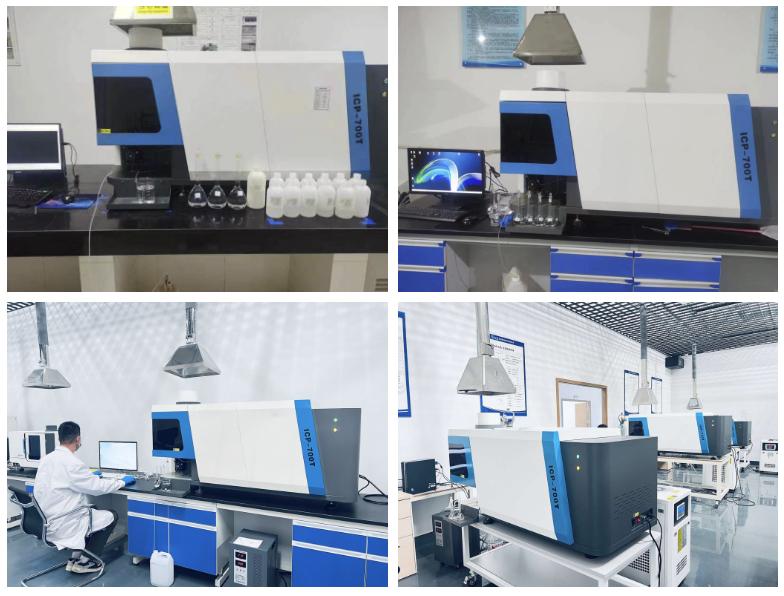
The Future of ICP-AES in Food Safety
As food safety regulations grow increasingly stringent and consumer awareness about food quality continues to rise, Emerging trends and technological advancements are set to enhance the capabilities of ICP-AES, cementing its place as an essential tool in food safety.
- Enhanced Detection Capabilities: Innovations in spectrometer design, such as advanced optics and more sensitive detectors, are enabling the detection of elements at even lower concentrations. Improved trace-level detection of contaminants like arsenic, cadmium, and mercury will support stricter regulatory standards.
- Integration with Digital Technologies: Incorporation of artificial intelligence (AI), machine learning (ML), and cloud-based data management systems into ICP-AES workflows. AI and ML algorithms will enhance data analysis, enabling quicker identification of patterns and anomalies. Cloud integration will facilitate real-time data sharing, ensuring seamless collaboration and compliance tracking.
- Miniaturization and Portability: Development of compact and portable ICP-AES systems for on-site analysis. Compact ICP-AES instruments are favorable in feld testing for agricultural produce or water used in irrigation and faster decision-making by reducing the time required to send samples to centralized labs.
- Automated Sample Preparation: Automation of sample digestion, dilution, and calibration processes, which leading Increased efficiency and throughput in high-demand food testing laboratories and minimized human error and variability in sample handling.
- Green Analytical Chemistry: Adoption of eco-friendly practices, such as the use of less hazardous reagents and energy-efficient designs. These practices reduce environmental impact of food testing processes and compliance with global sustainability initiatives and consumer expectations.
- Customized Solutions for Complex Samples: Development of application-specific ICP-AES methods tailored to unique food matrices, such as high-fat or high-salt samples. These customized solutions will improved accuracy and precision for challenging samples and expand applicability of ICP-AES to diverse food categories.
- Regulatory and Industry Collaboration: Stronger partnerships between regulatory agencies, technology developers, and the food industry. These collaborations will accelerate development of standardized testing methods and streamline the compliance with global food safety standards.
Conclusion
ICP-AES provides accurate, reliable, and efficient elemental analysis. Its application in detecting contaminants, ensuring nutritional accuracy, and verifying compliance underscores its importance in the modern food industry. As technological advancements continue to enhance its capabilities, ICP-AES analysis will be more important in safeguarding global food quality.

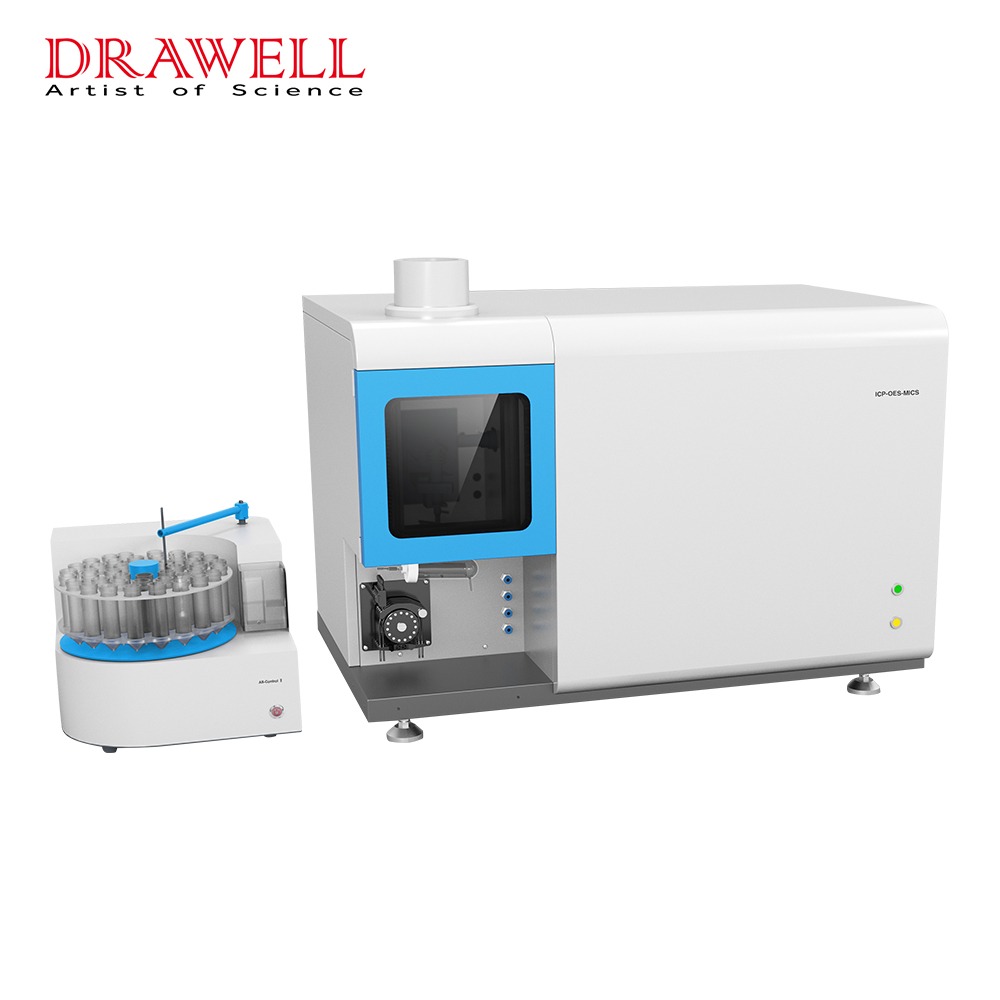
2.jpg)
